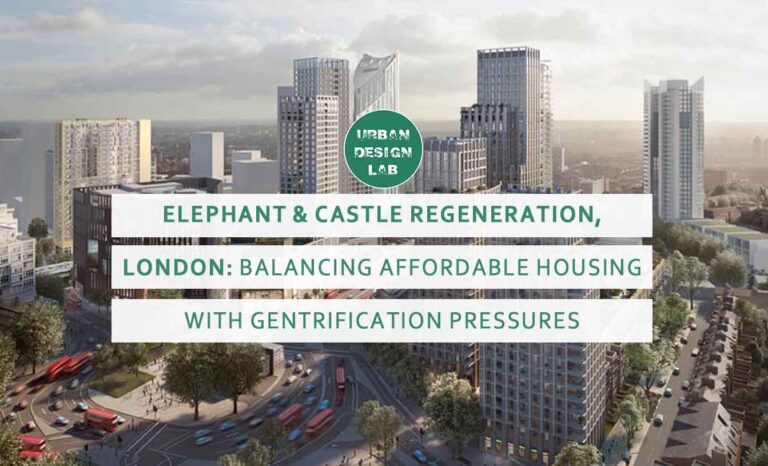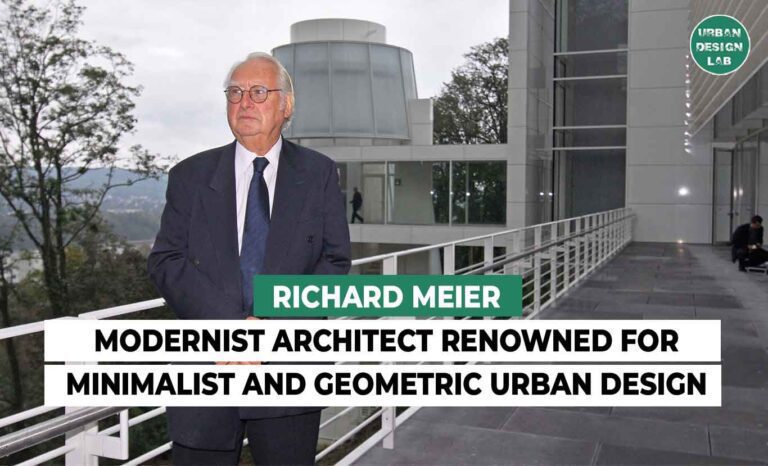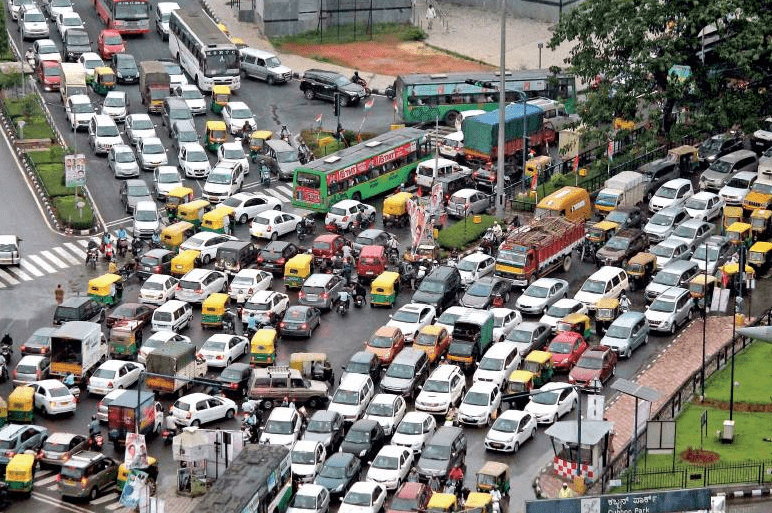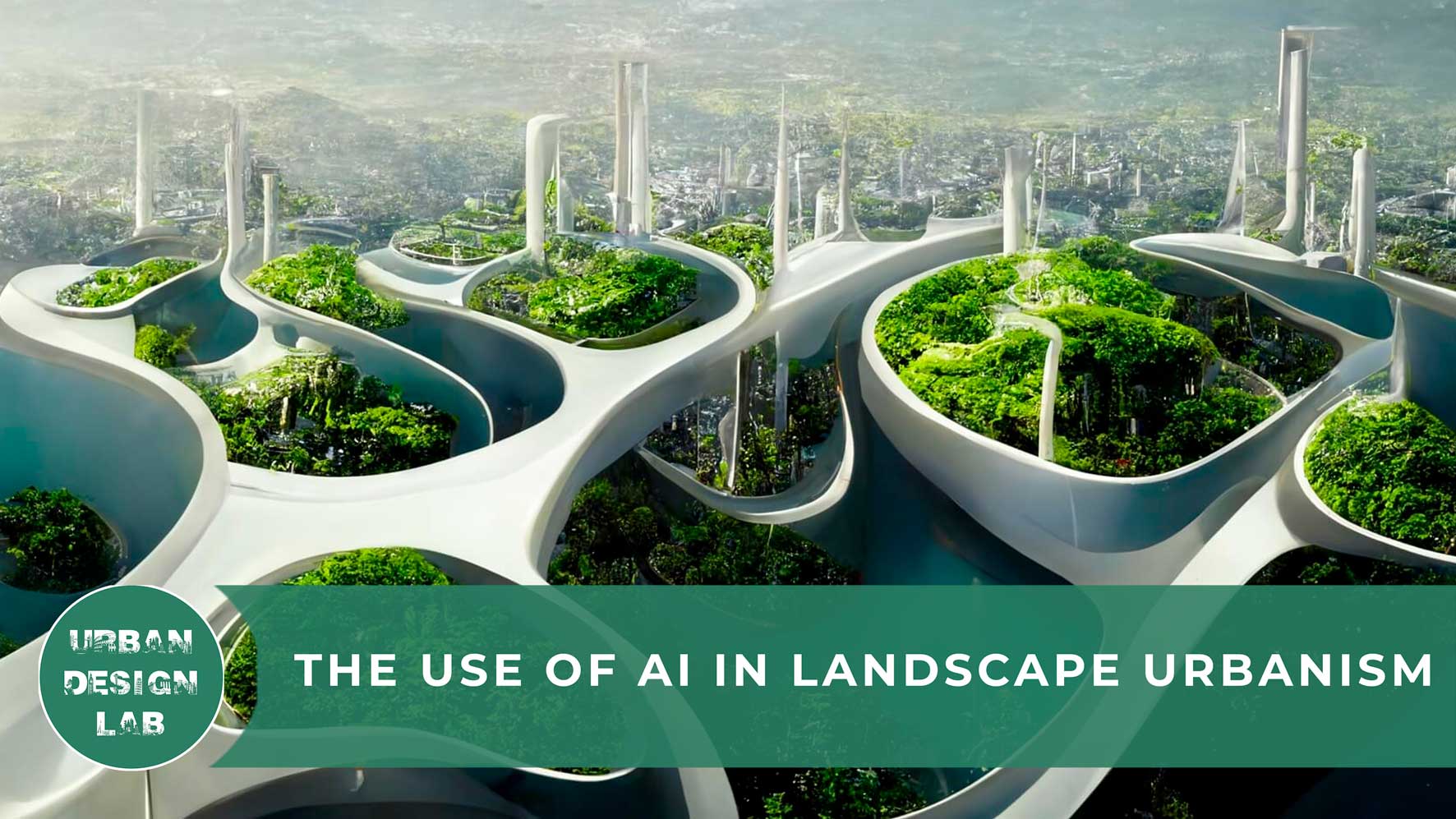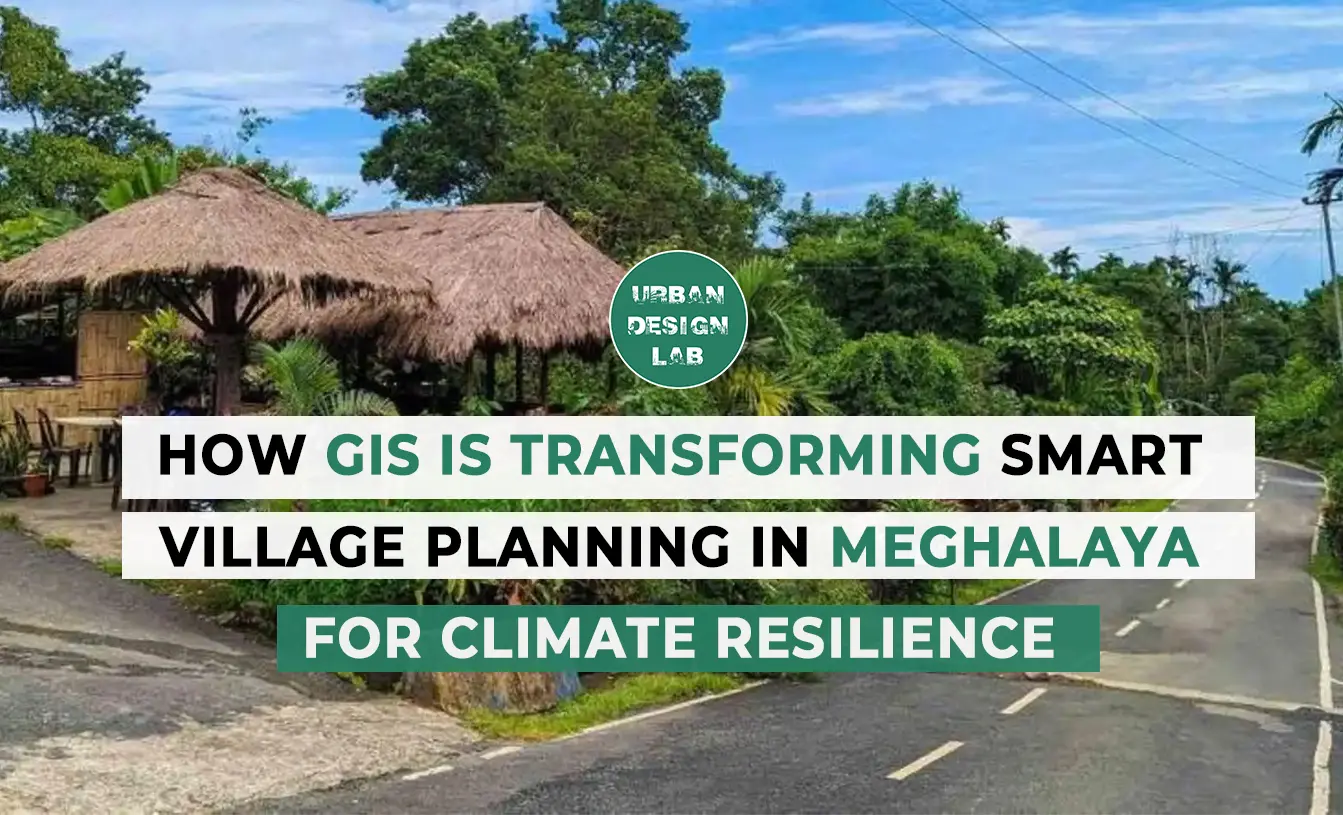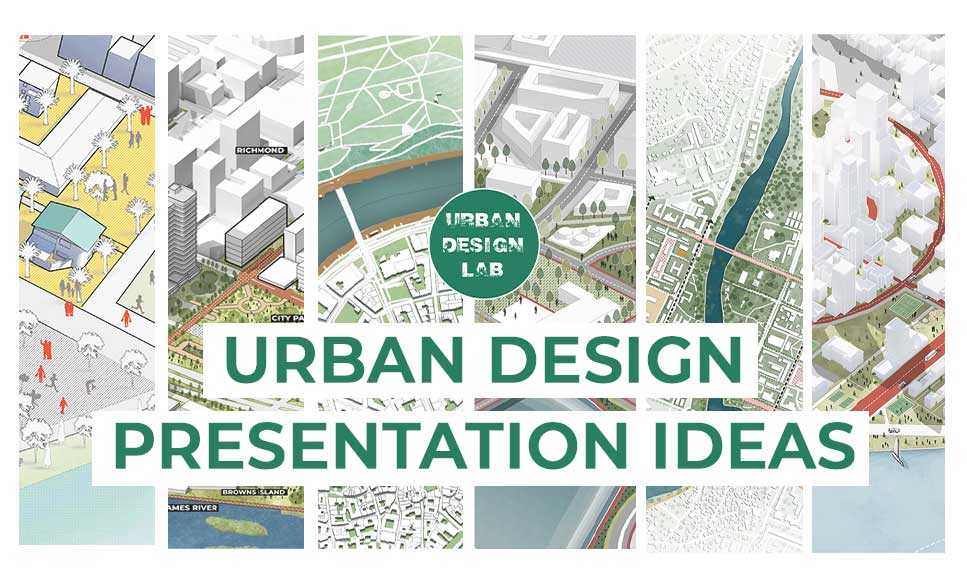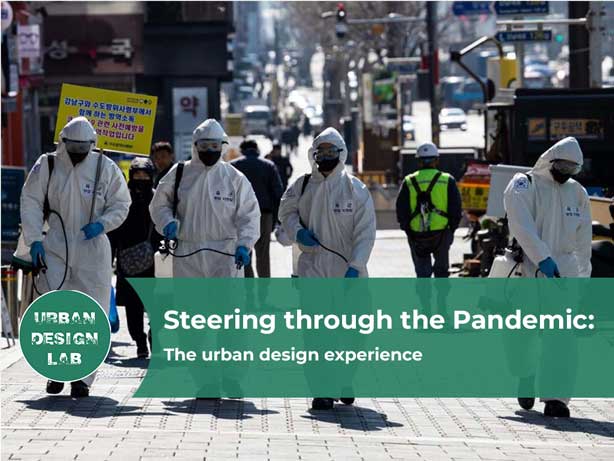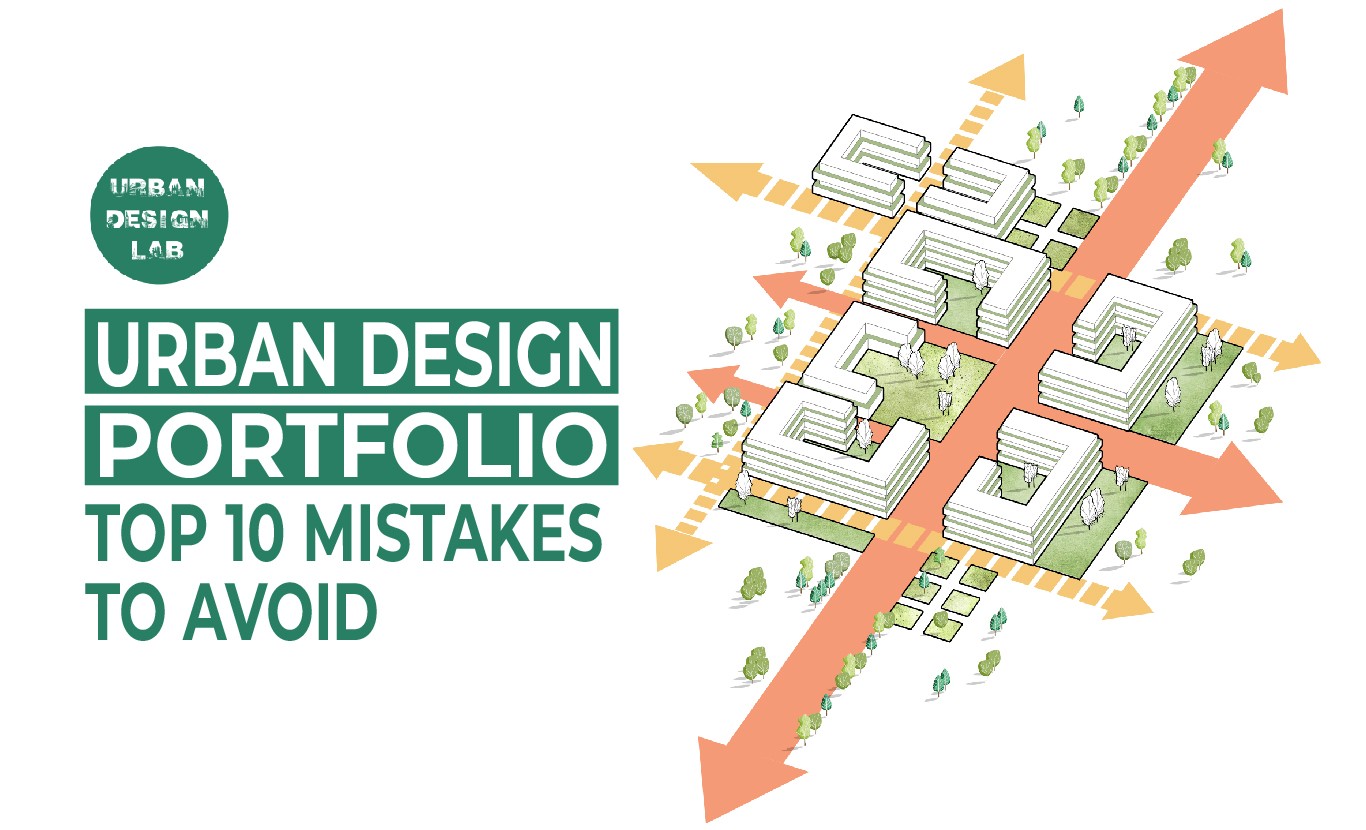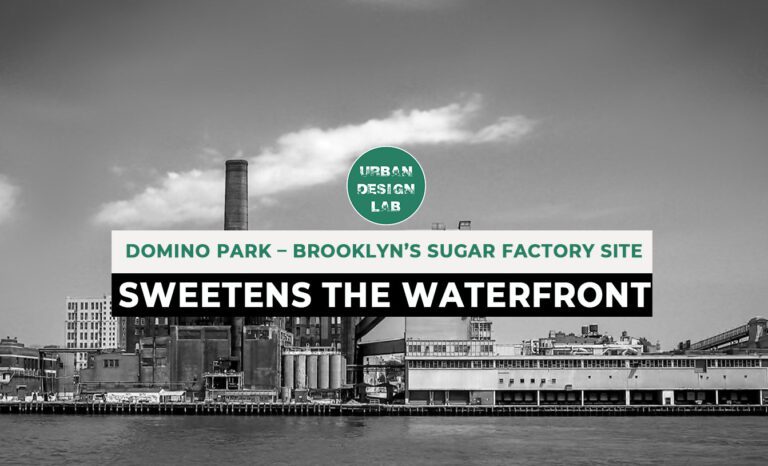
Book Review: The New Urban Crisis by Richard Florida

Ever wondered why some cities thrive while others falter? Richard Florida’s The New Urban Crisis unveils the stark reality behind this urban divide. Florida exposes how the same factors fueling urban success -the concentration of talent and innovation – also contribute to deepening inequality, gentrification, and displacement. As cities become creative and prosperous hubs, the resulting high housing prices and the displacement of long-time residents have created a growing divide between wealthy and less fortunate populations.
The book delves into five key dimensions of this urban crisis:
- The rise of superstar cities and the decline of others
- The growing inequality within these superstar cities
- Patterns of segregation and sorting within urban areas
- Challenges facing suburban communities
- Urbanization in developing countries
Florida doesn’t just diagnose the problem; he prescribes solutions. He calls for a radical shift in urban policies, focusing on inclusivity, affordable housing, and equitable economic development. By doing so, he aims to create cities that work for everyone, not just the privileged few.
The New Urban Crisis is a wake-up call for policymakers, urban planners, and citizens alike. It challenges us to rethink our approach to city-building and to strive for a more just and equitable urban future.
1. Author's Background
Richard Florida is an influential urban studies theorist and professor, best known for his work on the “creative class” and its impact on urban development. His seminal book, “The Rise of the Creative Class,” argued that cities thrive economically by attracting talented, creative professionals, leading to innovation and growth. Florida’s background as an academic and urbanist has always centered on the dynamics of urban prosperity and the role of human capital in fostering economic development. However, as these theories were implemented, Florida observed unintended consequences such as rising inequality, gentrification, and the displacement of lower-income residents. This realization prompted his critical analysis in “The New Urban Crisis,” where he revisits his earlier ideas with a more nuanced perspective. The book explores how the concentration of creative talent in cities, while driving economic success, also exacerbates social and economic divides. Florida’s previous work on the creative class directly influenced “The New Urban Crisis” by highlighting the dual-edged nature of urban growth. He uses his deep understanding of urban dynamics to propose solutions aimed at creating more inclusive, equitable cities, reflecting an evolution in his thought process from celebrating urban prosperity to advocating for balanced, sustainable urban development.
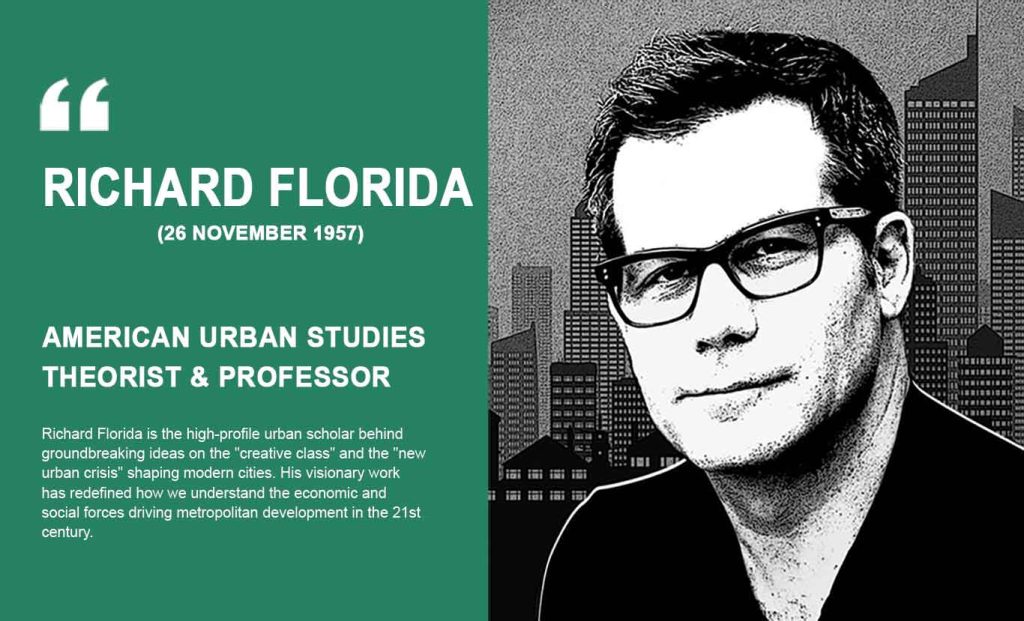
Source: author
2. Urban Inequality and Prosperity: A Tale of Two Cities
Florida delves into the complex relation between urban inequality and prosperity in modern cities. Florida argues that while cities are hubs of innovation, economic growth, and cultural diversity, they also face significant challenges related to inequality. He identifies a bifurcation of urban populations into the wealthy elite who benefit from urban amenities and economic opportunities, and the disadvantaged who struggle with housing affordability, job access, and social services. Florida points to examples like New York City, where high-income earners are drawn to vibrant neighborhoods like Manhattan’s Upper East Side, while low-income residents face housing instability in less affluent boroughs. Similarly, in San Francisco’s Silicon Valley, tech industry wealth has exacerbated housing costs, leading to gentrification and displacement in historically diverse neighborhoods. He discusses how these trends are not confined to the US alone but are increasingly global, affecting cities from London to Mumbai. Florida calls for inclusive urban policies that address affordable housing, public transit, and equitable economic development to mitigate these disparities and foster more sustainable and resilient urban environments.
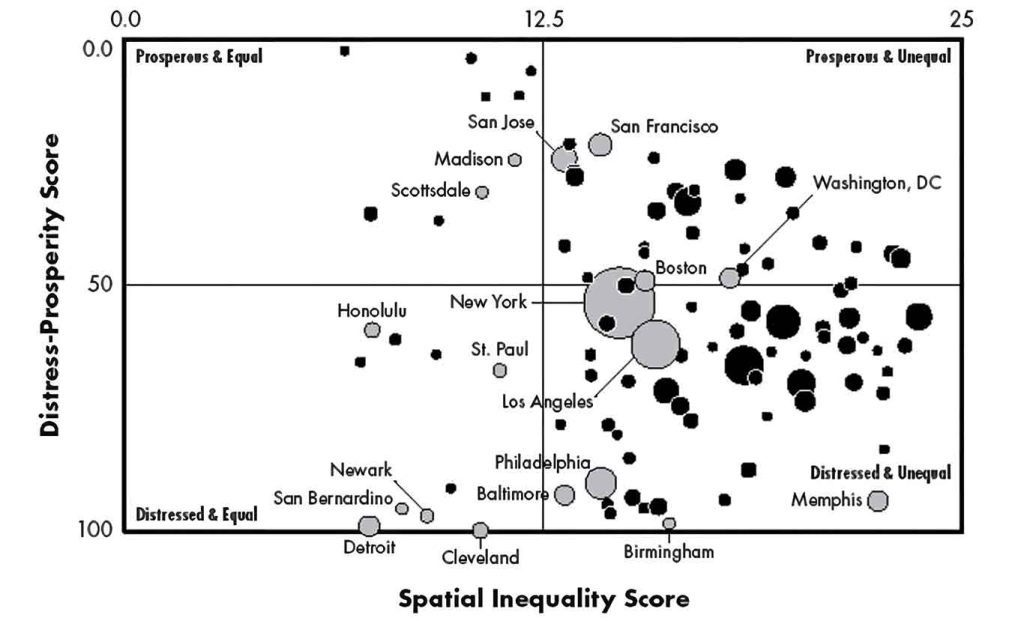
Source: author
3. Superstar Cities: A Double-Edged Sword
Richard Florida’s The New Urban Crisis introduces the concept of “superstar cities,” metropolitan areas experiencing disproportionate economic growth, talent attraction, and cultural vibrancy. These cities, such as New York, London, and San Francisco, have become global powerhouses, drawing in highly skilled workers, multinational corporations, and substantial investment. Key factors contribute to the formation of superstar cities: 1. Talent Concentration: Clustering of skilled workers, especially in creative industries (e.g., Silicon Valley’s tech talent). 2. Network Effects: Strong infrastructure (e.g., New York City’s transportation) facilitating global connections and business attraction. 3. Quality of Life: Cultural amenities, education, and safety drawing residents and businesses (e.g., London’s cultural scene). However, this success comes with several implications: 1. Economic Inequality: Wealth concentration leads to rising housing costs, displacing residents (e.g., San Francisco’s tech boom). 2. Gentrification: Affluent newcomers replace lower-income residents, altering neighborhoods (e.g., New York City’s Williamsburg). 3. Regional Imbalances: Talent and investment concentrate in superstar cities, leading to decline in other areas (e.g., Detroit’s industrial decline). 4. Urban Sprawl: Seeking affordable housing, people move to city outskirts, causing traffic, environmental issues, and loss of farmland.
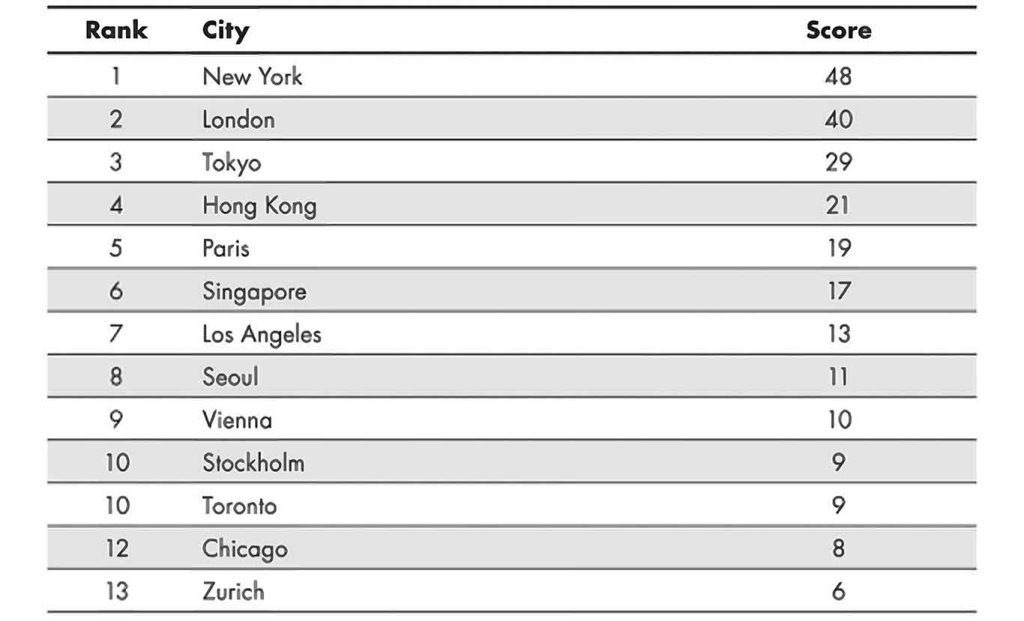
Source: author
4. The Housing Affordability Crisis: A Core Issue
Richard Florida identifies the housing affordability crisis as a pivotal challenge facing modern cities. As urban centers attract talent and investment, housing costs skyrocket, making it increasingly difficult for middle and lower-income residents to find affordable housing. This issue is exacerbated in cities like San Francisco and New York, where skyrocketing rents and property prices have displaced countless residents, reshaping neighborhoods and fostering socioeconomic segregation. The consequences of this crisis are far-reaching. Residents burdened with exorbitant housing costs often sacrifice essential needs like healthcare, education, and savings. This financial strain exacerbates economic inequality and limits social mobility. Moreover, the crisis contributes to economic segregation, as affordable housing is frequently located in areas distant from employment centers. This geographic displacement results in longer commutes, reduced access to job opportunities, and weakened community bonds. In essence, the housing affordability crisis is not merely a housing issue but a complex problem intertwined with economic inequality, social mobility, and urban planning. It is a critical challenge that demands innovative and comprehensive solutions.
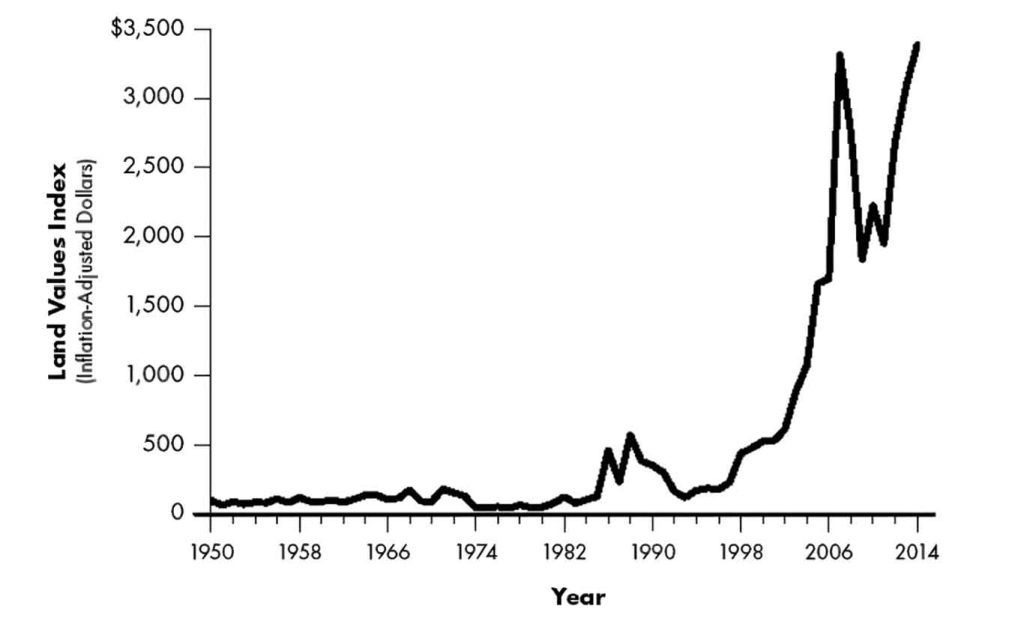
Source: author
5. Gentrification and Its Socioeconomic Implications
Gentrification, a central theme in Richard Florida’s The New Urban Crisis, is a complex process with profound socioeconomic implications. While often associated with urban revitalization, it frequently leads to displacement of long-term residents and exacerbates inequality. As neighborhoods undergo gentrification, property values and rents skyrocket, making it increasingly difficult for lower-income residents to remain in their homes. This displacement disrupts established communities, eroding social networks and cultural identity. Moreover, the influx of wealthier residents often leads to the closure of local businesses and the emergence of new, more upscale establishments, further alienating original residents. Florida challenges the notion that gentrification benefits all, arguing that it disproportionately advantages newcomers while marginalizing existing communities. To mitigate these negative impacts, he advocates for policies that balance economic growth with social equity. These include affordable housing mandates, tenant protections, and community-driven development initiatives. By prioritizing the needs of long-term residents and investing in inclusive urban planning, cities can harness the potential benefits of gentrification while minimizing its harmful effects. Ultimately, addressing gentrification requires a nuanced understanding of its causes and consequences, as well as a commitment to equitable urban development.
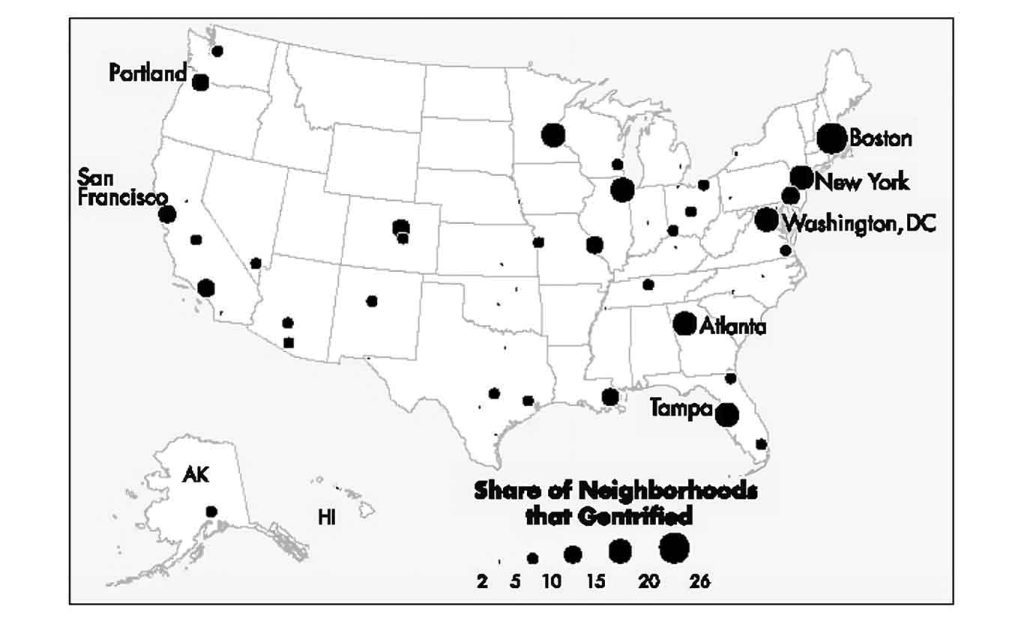
Source: author
6. Critique of Richard Florida's Vision in "The New Urban Crisis"
Overemphasis on the Creative Class 1. Neglect of Structural Issues: Critics argue that Florida’s exclusive focus on attracting the creative class oversimplifies urban challenges, ignoring deeper systemic problems like poverty, inequality, and lack of affordable housing. 2. Exacerbation of Inequality: Prioritizing the creative class can lead to gentrification, displacing long-time residents and widening the gap between the wealthy and the poor. 3. Exclusionary Definition: The concept of the creative class is often criticized for being too narrow, excluding essential workers in the service and blue-collar industries who are crucial to urban functioning. Neglect of Marginalized Communities 1. Focus on Innovation Districts: By concentrating on high-tech industries and cultural amenities, Florida’s approach often overlooks the needs of marginalized communities. 2. Lack of Inclusive Growth: The emphasis on attracting the creative class can lead to uneven development, benefiting affluent areas while neglecting disadvantaged neighborhoods. 3. Failure to Address Systemic Barriers: Florida’s vision often overlooks the importance of government intervention in addressing systemic barriers to economic mobility for marginalized populations.
Conclusion
In conclusion, Richard Florida’s “The New Urban Crisis” presents a compelling and insightful analysis of the challenges posed by rapid urbanization and economic polarization in modern cities. Florida adeptly explores how the concentration of talent and economic activity in superstar cities has exacerbated urban inequality, leading to profound social and economic disparities. His examination of issues such as housing affordability, gentrification, and economic segregation underscores the urgent need for inclusive urban policies that promote equitable growth and opportunity for all residents. While his emphasis on creativity and innovation has sparked important debates, Florida’s vision has been scrutinized for its limited focus on addressing systemic inequalities and housing affordability. Critics argue for a broader framework that prioritizes social equity alongside economic growth, urging policymakers to adopt measures that ensure cities benefit all residents, not just the affluent few. Overall, Florida’s work challenges us to rethink urban policy paradigms to create cities that are more resilient, inclusive, and equitable.
References
Florida, R. (2017). The new urban crisis: How our cities are increasing inequality, deepening segregation, and failing the middle class—and what we can do about it. Basic Books.

Reem Farghaly
About the author
Reem Farghaly is an enthusiastic architect who graduated in 2023 from the Arab Academy for Science, Technology and Maritime Transport. She commenced her postgraduate studies the same year, driven by a strong passion for research and reading. Reem is particularly interested in urban design and architecture. Keen on gaining knowledge within the field, she is committed to exploring innovative solutions and advancing her expertise in architectural design and sustainability.
Related articles
UDL Illustrator
Masterclass
Visualising Urban and Architecture Diagrams
Session Dates
17th-18th January 2026

Urban Design Lab
Be the part of our Network
Stay updated on workshops, design tools, and calls for collaboration
Curating the best graduate thesis project globally!

Free E-Book
From thesis to Portfolio
A Guide to Convert Academic Work into a Professional Portfolio”
Recent Posts
- Article Posted:
- Article Posted:
- Article Posted:
- Article Posted:
- Article Posted:
- Article Posted:
- Article Posted:
- Article Posted:
- Article Posted:
- Article Posted:
- Article Posted:
- Article Posted:
- Article Posted:
Sign up for our Newsletter
“Let’s explore the new avenues of Urban environment together “


